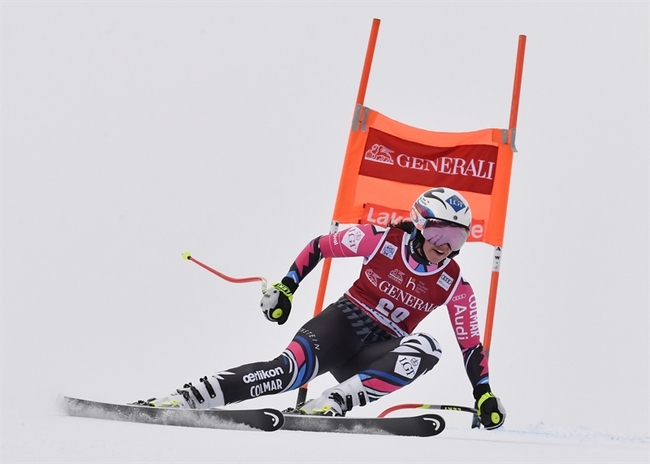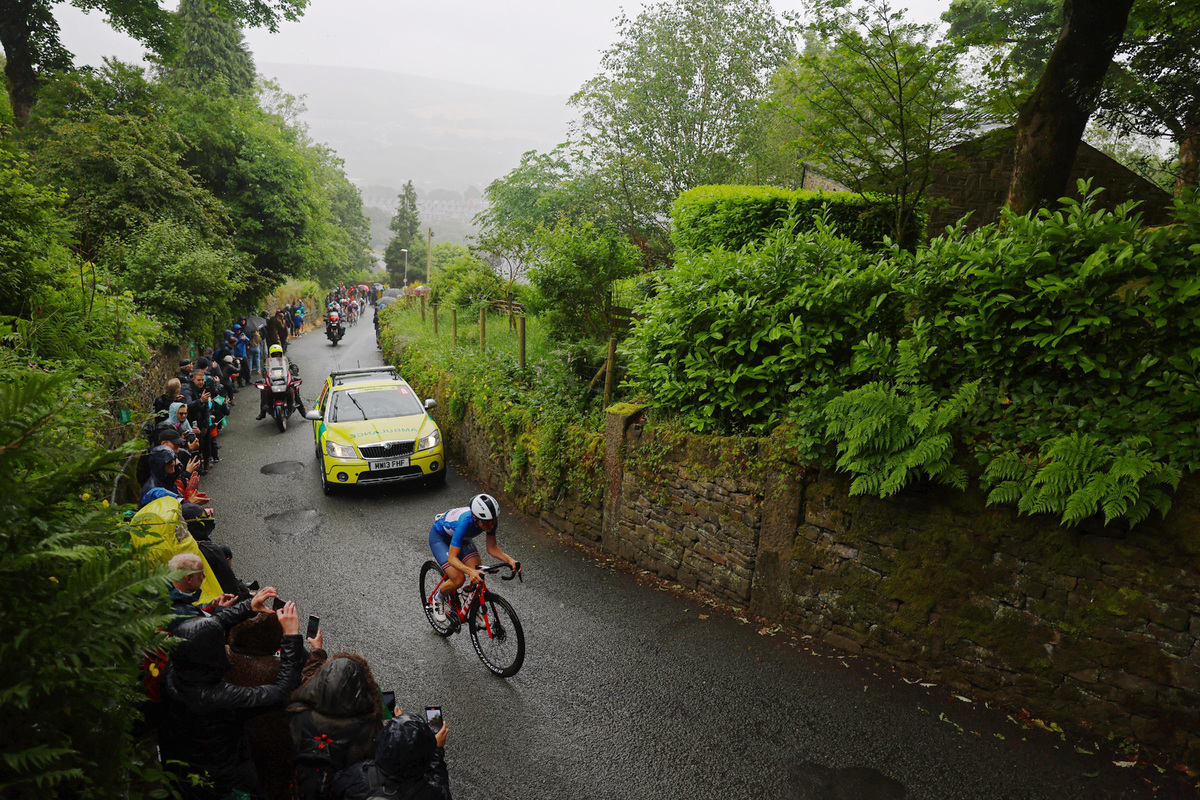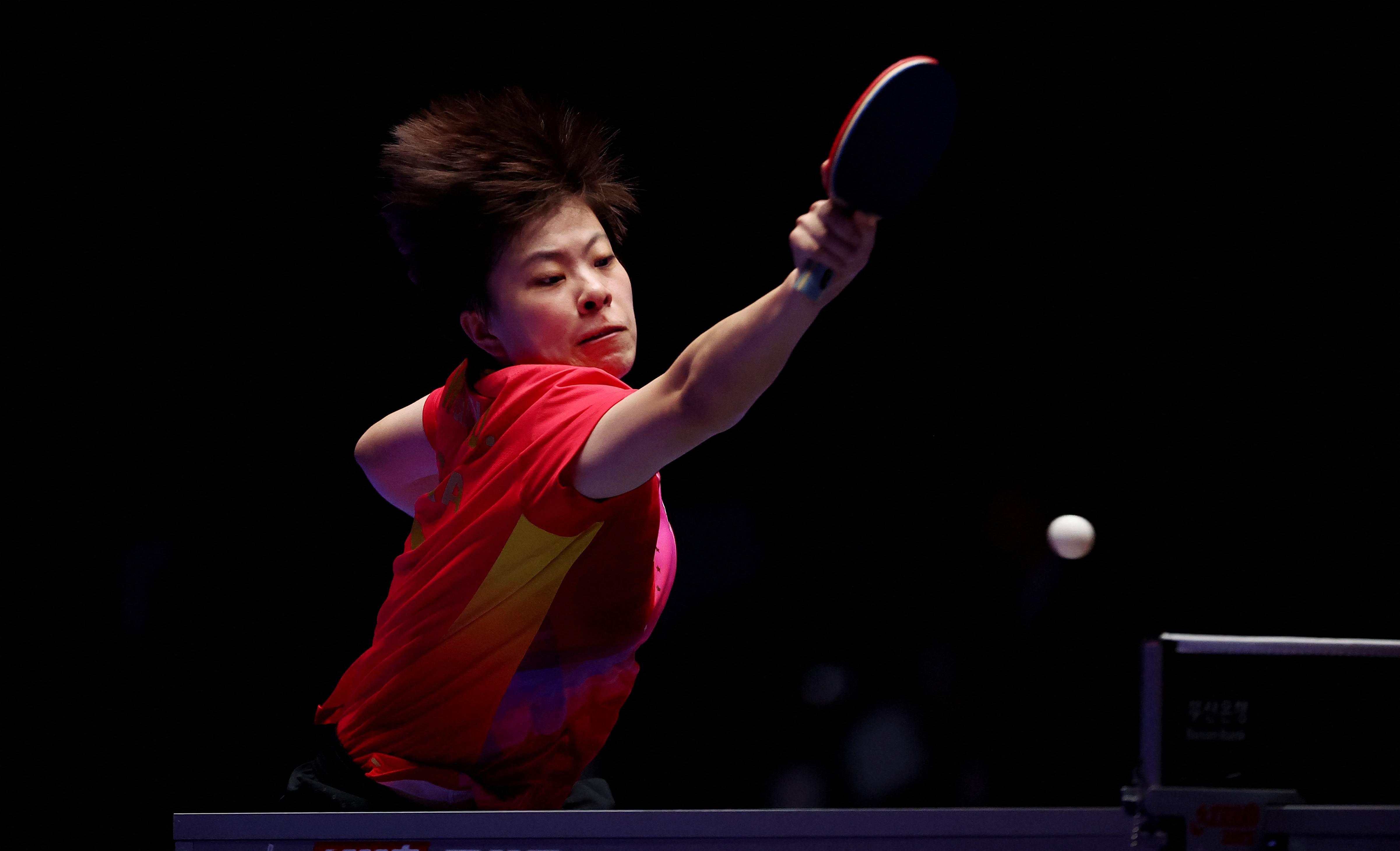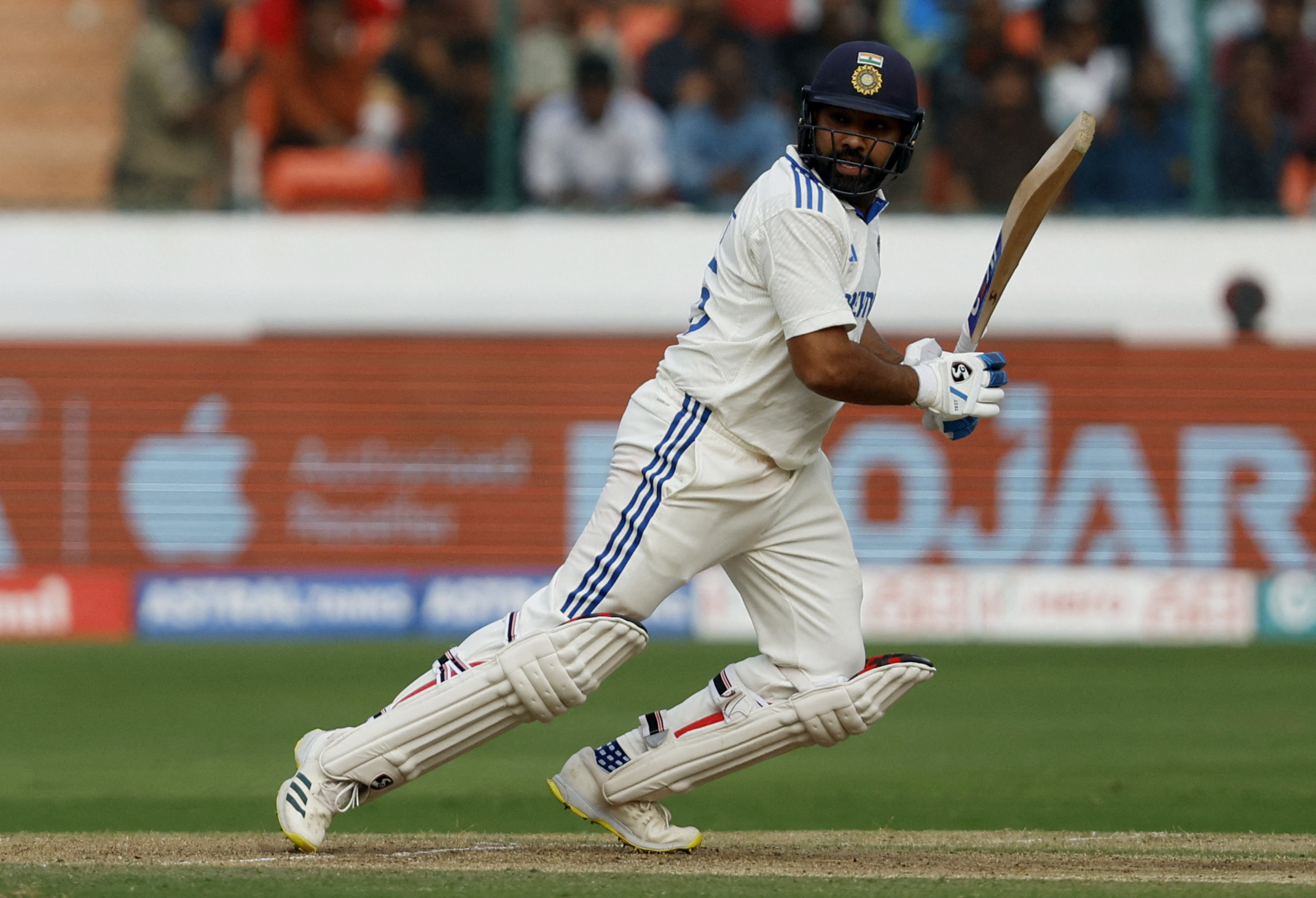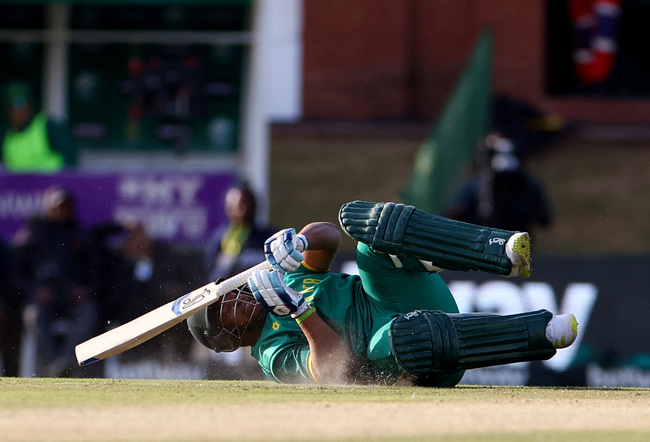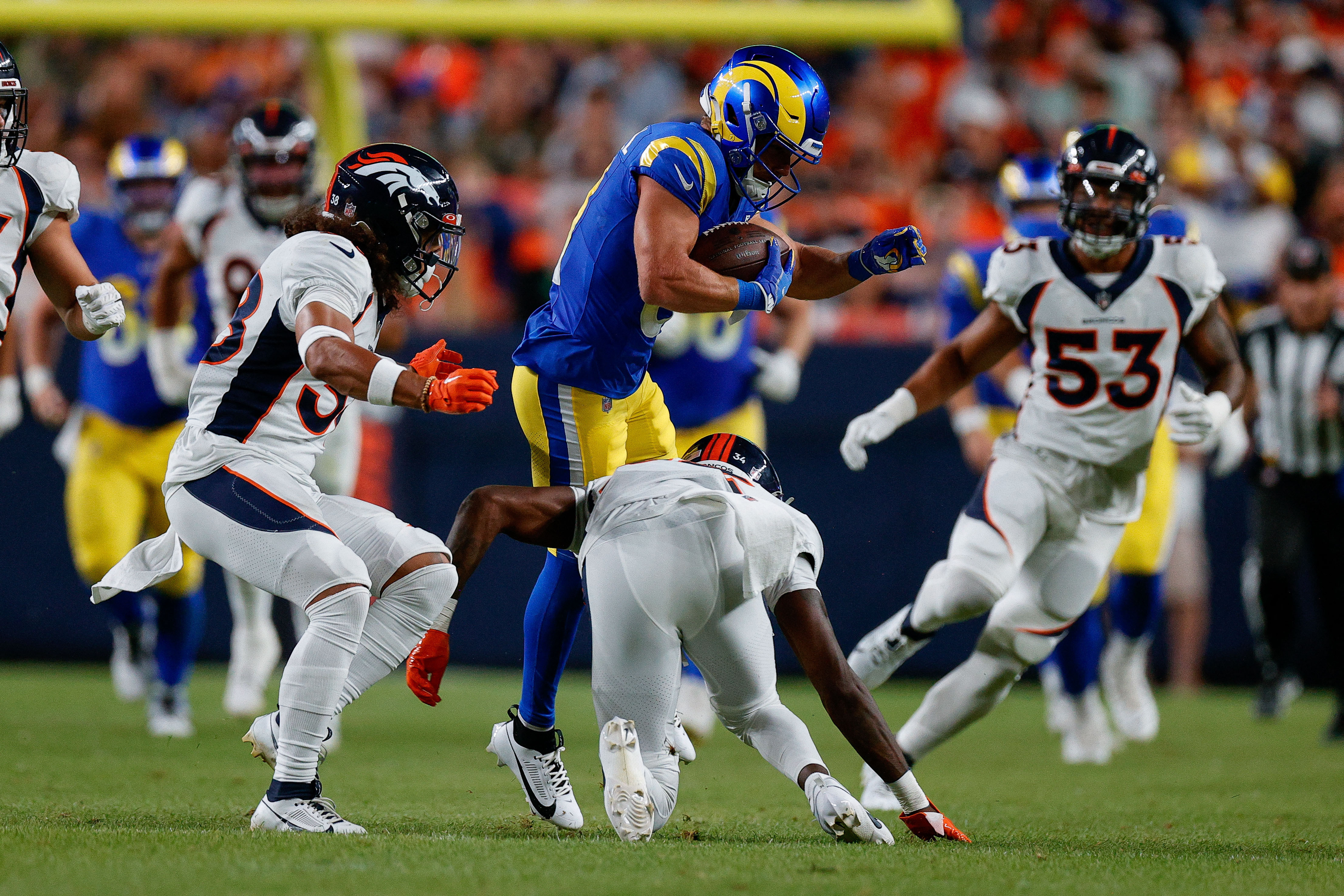You are viewing 1 of your 1 free articles
Uncommon injuries: medial knee pain from the pes anserinus - part I
Although uncommon, a pes anserinus injury can cause debilitating medial knee pain. In the first of a two-part article, Andrew Hamilton explains the structure of the pes anserinus complex, the risk factors for injury, and how clinicians can differentially diagnose a pes anserinus injury.

Knee injuries are prevalent in athletes due to the loads transmitted through the knee joint during sport. When medial knee pain presents, there are several possible causes, including an injury to the medial ligament, medial cartilage/meniscus, or medial tibial stress fracture. However, in athletes with vigorous and repetitive hamstring use, there is another possibility – pes anserinus injury. Because these injuries are comparatively rare, missed diagnosis is common and can result in unnecessary knee surgery.
What is the pes anserinus?
The pes anserinus (PA) - also known as pes anserine or the ‘goose’s foot’ – refers to a conjoined insertion of the sartorius, gracilis and semitendinosus muscles along the proximal medial aspect of the tibia (see figure 1). Each of these three muscles is innervated by a different nerve: the femoral, obturator and tibial nerves respectively. Visually, these conjoined tendons form a structure reminiscent of a goose’s webbed foot and were named from the Latin roots, pes for foot and anserinus for goose. Under the conjoined tendons lies the pes anserine bursa, a sac which provides smooth movement of the conjoined hamstring tendons over the medial collateral ligament. The pes anserinus aids knee stability by helping the medial ligament resist valgus forces.
Figure 1: Structure of the pes anserinus

Representation of the medial aspect of the left knee.
Although not especially relevant in a clinical context, it’s worth appreciating that the structure of the PA differs among individuals. For example, a recent study examined PA structure in 102 cadaveric limbs(1). The researchers found that in all cases, the PA consisted of the sartorius, gracilis, and semitendinosus tendons. However, six distinct types of PA were distinguished based on the presence of accessory bands. Additionally, three types of insertion were noted (short, band-shaped, and fan-shaped).
PA pathology and risk factors
Pain as a result of PA pathology can arise as a result of 1) tenosynovitis of the PA tendon, 2) inflammation of the PA bursa, or 3) a combination of the above. Clinically, it is difficult to distinguish these two pathologies. Fortunately, the treatment is the same for both conditions. Having said that, evidence suggests that a PA bursitis occurs more frequently and responds more quickly to treatment than tenosynovitis(2).
The underlying factors increasing the risk of PA injury are often multifactorial, but typically involve high hamstring loading combined with sub-optimal biomechanics. Movements that can precipitate a PA injury are those involving valgus (eg as a result of excessive pronation in running gait ) or rotatory stresses at the knee(3). Because gait patterns most significantly tax the medial knee, it is unsurprising that PA tendonitis and bursitis affect long-distance runners more than other athletes(4). Mexican researchers evaluated 22 patients with PA bursitis and found valgus knee deformity, alone or in association with medial collateral instability, to be a risk factor for PA injury(5).
Some researchers have proposed that PA tendon pathology is much more likely in those who are older and with osteoarthritic co-morbidities. A Turkish study performed an ultrasonographic assessment of the PA tendon and bursa in patients with knee osteoarthritis(6). They found that the mean thickness of PA in knees with osteoarthritis was significantly greater than the controls and that higher PA thicknesses were associated with higher osteoarthritis scores on a visual analog scale (VAS). However, the researchers in the Mexican study did not find such an association (5). Indeed, they concluded there was no association between PA injury and previously reported predisposing factors such as diabetes, knee osteoarthritis, and obesity. On the face of it, these findings seem conflicting. However, one interpretation is that in older patients with pre-existing osteoarthritis, some pathology affecting the PA is to be expected – but is distinct from a PA injury caused by repetitive overload involving the hamstring muscles.
Presentation and diagnosis of PA
Patients with pes anserine bursitis typically present with tenderness and swelling along the proximal medial tibia. However, symptoms may also include vague medial knee pain, which may mimic medial meniscal or tibial collateral ligament injury(7). Indeed, some research suggests that a significant proportion of patients may not present with proximal tibial swelling, but instead present with either posteromedial joint pain or medial joint line pain, raising a (false) suspicion of a medial meniscal tear(8). Other pain characteristics and functional symptoms include:
- Pain experienced approximately 2-3 inches beneath the medial aspect of the anterior knee joint (which may also extend to the front of the knee and down the lower leg).
- Gradual onset of pain over a prolonged period.
- Exacerbation of pain on ascending or descending stairs, walking steep gradients, or sitting down/rising from chairs.
- A lack of pain when walking on level surfaces.
- Pain experienced when contracting the hamstrings against resistance.
- Pain upon stretching the hamstring muscles.
- In more severe cases, pain at night, waking the patient when he/she bends the knees resulting in sleep disturbance.
The examination procedure for suspected PA injury
A successful diagnosis of PA requires a thorough physical examination of the patient, along with a detailed history of the symptoms and characteristics of the pain presentation (see above). In particular, the exact site of pain should be identified by both superficial and deep palpation. The pain-producing movement(s) should be performed during a physical examination in order to support the diagnosis(9).
Due to the proximity of PA to the skin surface, ultrasound imaging is an effective method for detecting the morphology of pes anserinus and its peripheral structures; and as such, a useful tool to help diagnose PA bursitis, cysts, tendonitis(10). However, the gold standard for PA imaging is magnetic resonance imaging (MRI). In particular, MRI is more sensitive to the appearance of fluid beneath the pes anserine tendon near the joint line than ultrasonography(7). Regardless of imaging modality, however, the patient’s history, examination, and pain presentation characteristics remain the cornerstone of diagnosis. Imaging studies are perhaps more critical for the exclusion of other pathologies that may present with similar symptoms. These include(11):
- Tibial stress fracture
- Osteoarthritis
- Popliteal cysts
- Bursal Infection
- Malignant tumor (rare)
Unusual PA injuries: snapping, rupture, and bony spurs
As mentioned earlier, a PA injury in athletes typically involves bursitis or tenosynovitis. However, other (rarer) PA pathologies are possible. In children, a type of PA syndrome may occur as a result of proximal tibial exostoses(12). These can take the form of an osteochondroma, producing a painful lump, or a rose-thorn shaped bone spur, which leads to a snapping/locking sensation of the PA tendons. In the former, removal resolves the issue. In the latter, symptoms may resolve without surgery, although some cases require excision.
Another (very rare) pathology is a rupture of the PA bursa. Ruptures are more likely to occur in older patients with underlying medical/metabolic conditions such as diabetes, obesity, and osteoarthritis. If the anserine bursa retains synovial fluid due to chronic inflammation from knee osteoarthritis, mechanical stress from walking or other loading activities may cause a rupture. Evidence of a rupture includes sudden and isolated swelling of the associated calf muscles(13). In patients at risk, weight reduction and quadriceps strengthening are recommended as preventative strategies.
Another rare PA pathology is ‘snapping PA syndrome,’ which causes medial knee snapping. This snapping sensation results from a translation of the PA tendons (usually gracilis or semitendinosus) across the posteromedial aspect of the medial femoral condyle and tibia during knee movement(14,15). Unlike the other rare conditions above, snapping PA syndrome has been reported in athletes as a result of overuse and trauma. Ultrasonography is often the diagnostic imaging test of choice in cases of mechanical snapping. However, while static imaging forms part of a diagnosis, dynamic imaging (ie during the snapping movement) is also essential to confirm a diagnosis(16).
In the second part of this two-part article, Andy Hamilton will take a look at the most effect treatment options and rehab protocols for athletes suffering from PA injury.
References
- Knee Surg Sports Traumatol Arthrosc. 2019 Sep;27(9):2984-2993
- Skeletal Radiology 2005; 34(7):395-398
- Donoghue DH. Injuries of the knee. In: O Donoghue DH, ed. Treatment of injuries to athletes, 4th edn. Philadelphia: Saunders; 1987: 470–471
- Orthop Clin North Am 1995; 26:547–549
- J Clin Rheumatol. 2007 Apr;13(2):63-5
- Mod Rheumatol. 2015 Jan;25(1):128-33
- Radiology 1995; 194:525–527
- Skeletal Radiology 2005; 34(7):395-398
- JAMA 1937;109:1362-1366
- Medicine (Baltimore). 2018 Apr; 97(15): e0352
- Rev Bras Reumatol. 2010;50(3):313-327
- J Pediatr Orthop. 1996 Mar-Apr;16(2):247-8
- J Med Investigate 2019;(66)211-212
- AJR Am J Roentgenol 2012;199:142‑50
- J Bone Joint Surg Br 2008;90:334‑5
- J Clin Imaging Sci. 2017; 7: 39
Newsletter Sign Up
Subscriber Testimonials
Dr. Alexandra Fandetti-Robin, Back & Body Chiropractic
Elspeth Cowell MSCh DpodM SRCh HCPC reg
William Hunter, Nuffield Health
Newsletter Sign Up
Coaches Testimonials
Dr. Alexandra Fandetti-Robin, Back & Body Chiropractic
Elspeth Cowell MSCh DpodM SRCh HCPC reg
William Hunter, Nuffield Health
Be at the leading edge of sports injury management
Our international team of qualified experts (see above) spend hours poring over scores of technical journals and medical papers that even the most interested professionals don't have time to read.
For 17 years, we've helped hard-working physiotherapists and sports professionals like you, overwhelmed by the vast amount of new research, bring science to their treatment. Sports Injury Bulletin is the ideal resource for practitioners too busy to cull through all the monthly journals to find meaningful and applicable studies.
*includes 3 coaching manuals
Get Inspired
All the latest techniques and approaches
Sports Injury Bulletin brings together a worldwide panel of experts – including physiotherapists, doctors, researchers and sports scientists. Together we deliver everything you need to help your clients avoid – or recover as quickly as possible from – injuries.
We strip away the scientific jargon and deliver you easy-to-follow training exercises, nutrition tips, psychological strategies and recovery programmes and exercises in plain English.
